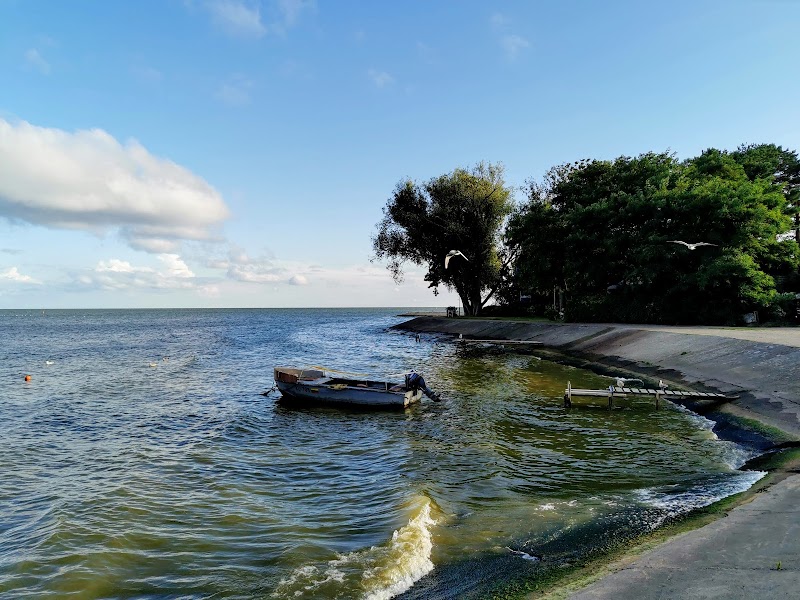
Curonian Spit National Park Adventures
Curonian Spit National Park preserves a unique 98-kilometer sandy peninsula separating the Curonian Lagoon from the Baltic Sea, renowned for its stunning sand dunes, rich biodiversity, and cultural heritage.
About Curonian Spit National Park

Curonian Spit National Park is situated on a narrow, crescent-shaped sand dune spit that stretches across the Baltic Sea coast in the Kaliningrad Oblast of Russia. The park shares the spit with Lithuania, where the adjacent Curonian Spit National Park is managed separately, making the whole spit a UNESCO World Heritage site recognized for both its natural and cultural values. The spit is a remarkable geographical formation — a dynamic chain of shifting sand dunes, pine forests, wetlands, and beaches created by wind and water over thousands of years.
The park is ecologically significant, hosting a mosaic of habitats that support diverse flora and fauna, including many rare and protected species of plants, migratory birds, and mammals. The famous "Dancing Forest," characterized by twisted pine trees shaped by strong winds, is within the park and draws many visitors. The park also protects archaeological sites and traditional fishing villages that speak to the rich human history in this region.
Visitors to Curonian Spit National Park can enjoy hiking along marked trails through pine woods and over dunes, birdwatching at key migratory stopovers, cycling on designated paths, and soaking in the calm beauty of the Curonian Lagoon and the Baltic shoreline. The park offers a peaceful outdoor experience far from urban centers, with opportunities to explore unique landscapes and learn about the cultural heritage of the Curonian people. Seasonal festivals and eco-tourism are carefully managed to preserve the fragile environment.
Highlights
The largest active sand dunes in Europe, including the famous Parnidis Dune
The mysterious Dancing Forest with uniquely twisted pine trees
Ancient Curonian burial mounds and fishing village heritage sites
Panoramic observation platforms offering views of the Curonian Lagoon and Baltic Sea
Notable Natural Features
Parnidis Dune
An enormous mobile sand dune reaching up to 50 meters high, featuring a sundial and observation tower with sweeping views.
Dancing Forest
Area where pine trees are uniquely twisted and bent, possibly due to wind and soil conditions, creating a surreal natural spectacle.
Curonian Burial Mounds
Ancient barrow cemeteries left by the Curonians, providing important archaeological insights into the region's early inhabitants.